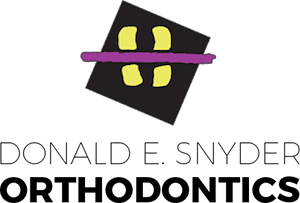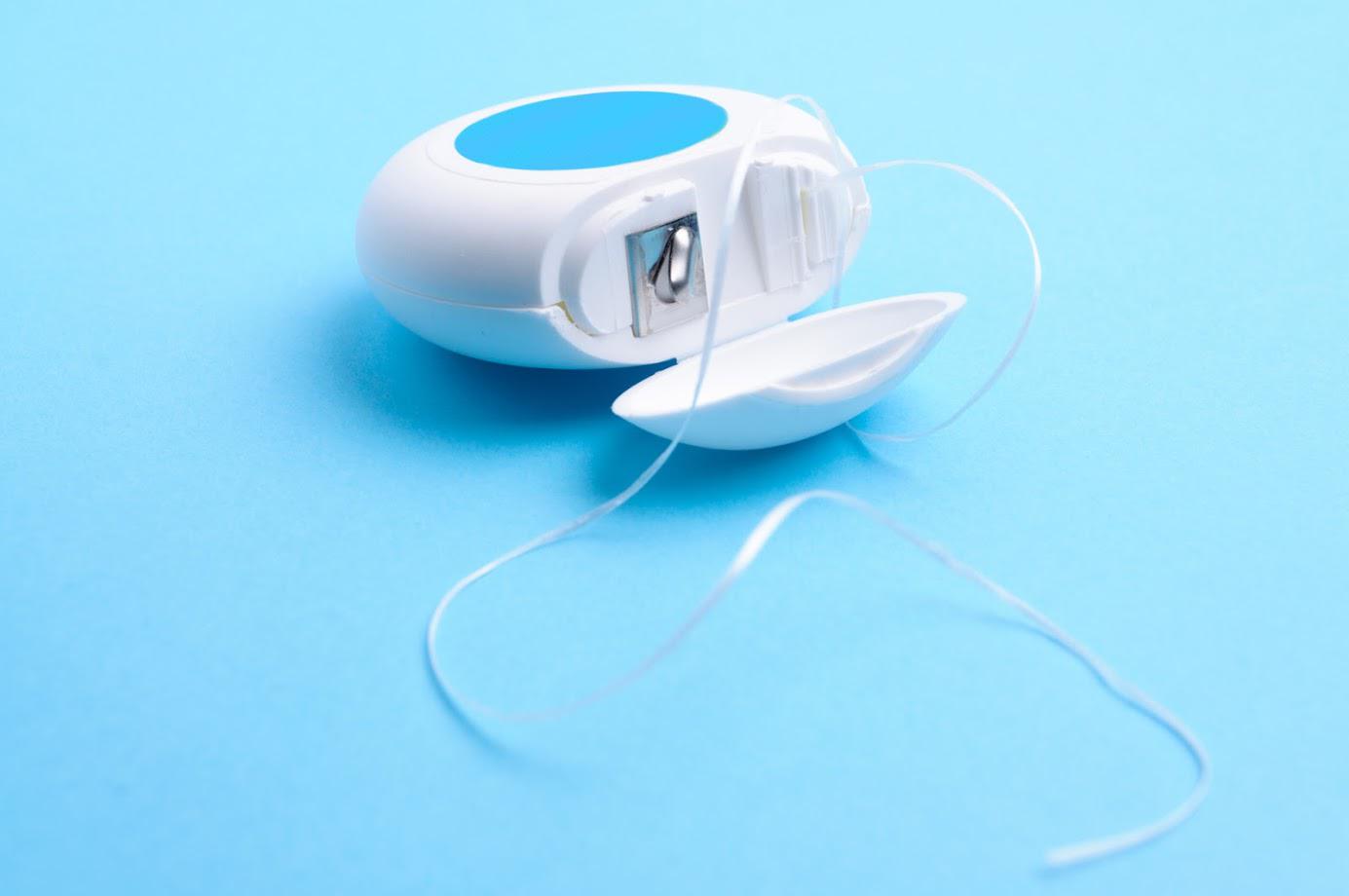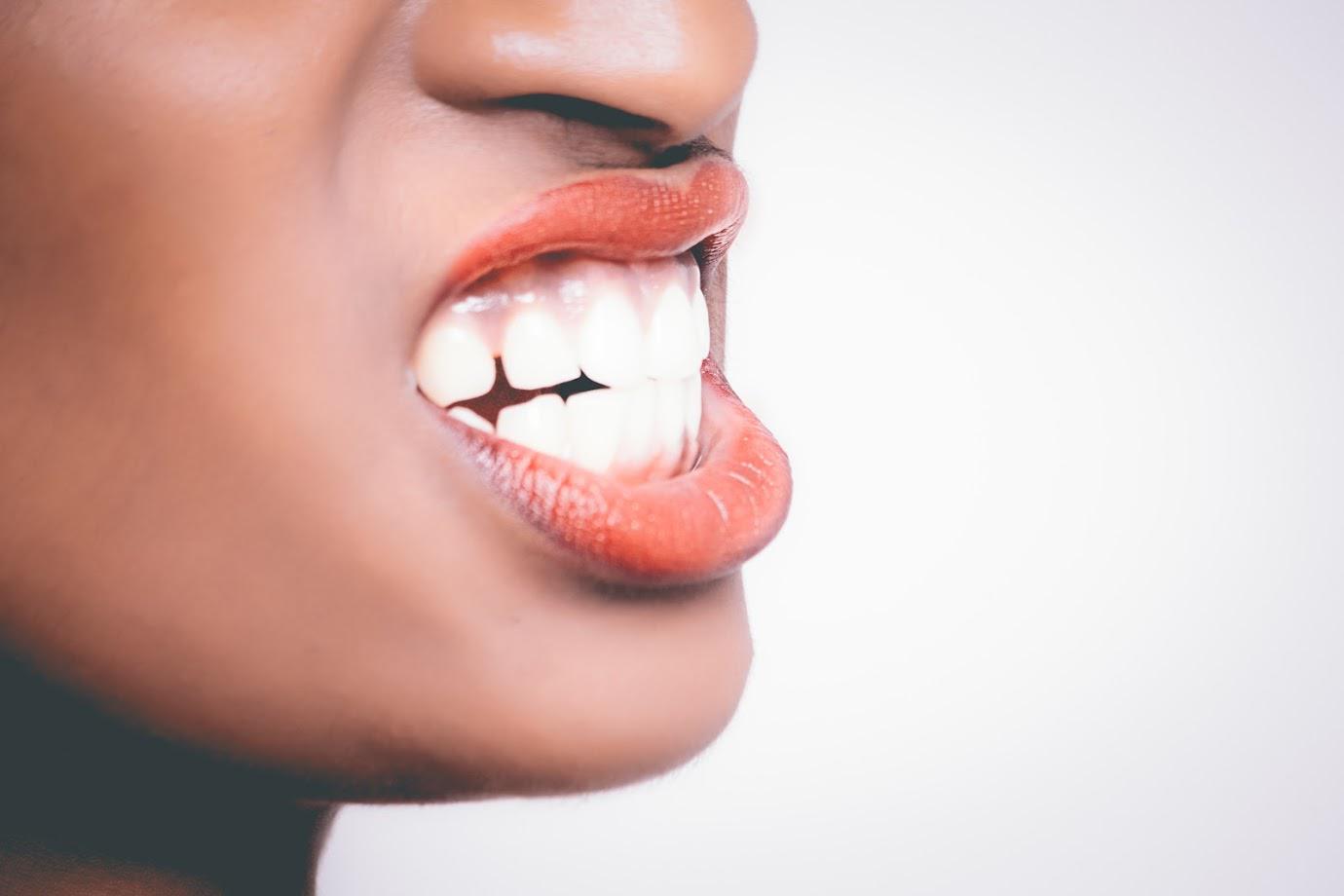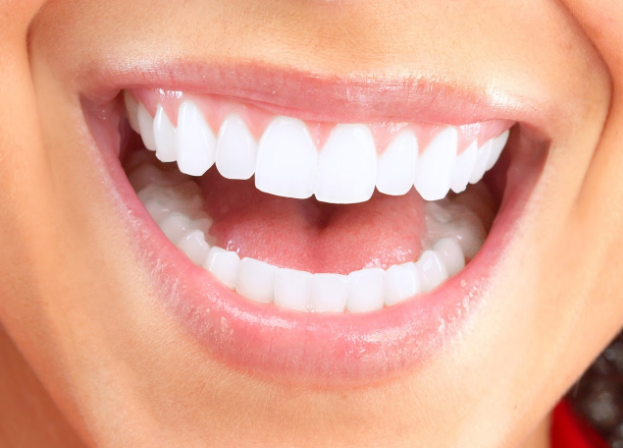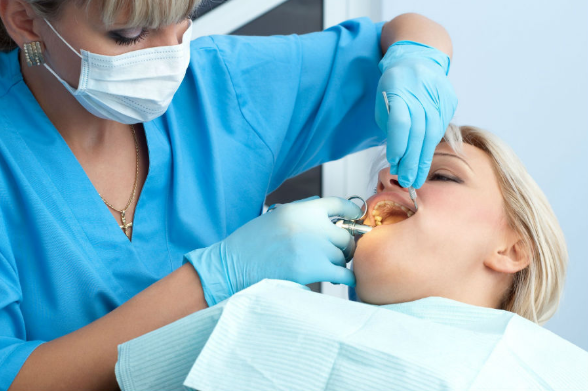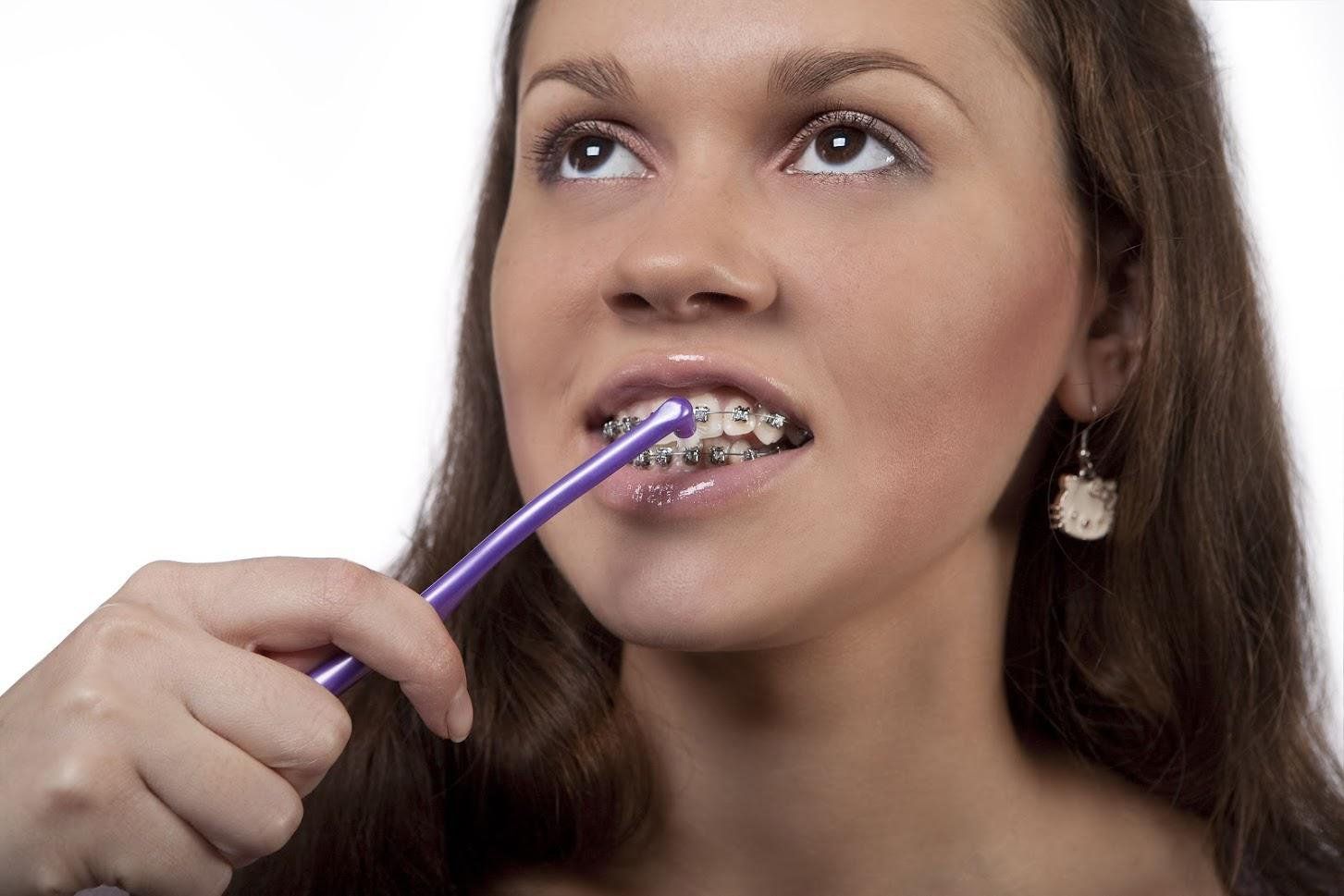Brace for the Truth: Debunking 4 Myths About Braces
- By Admin
- •
- 10 Dec, 2018

Whether you need to correct a misaligned bite or crooked teeth, orthodontic treatment can be an effective solution for improving your smile.
Unfortunately, many patients feel uneasy about orthodontic care because they do not fully understand how braces, expanders, and retainers work.
Help is available if you are considering braces or another form of orthodontic treatment. By learning the truth about a few common myths associated with braces, you will see the benefits of this specific form of orthodontic care.
1. Braces Are Just for Teens
One of the most common myths about braces is that they are only for teenagers. While they are effective for teenagers who need to correct bites and misaligned teeth, braces are options for patients of all ages.
Braces are becoming a popular treatment for adults who want to correct their smile. As a matter of fact, recent reports have shown over a million adults in the United States and Canada have braces. If you are an adult considering braces for a specific issue with your smile, you should know that you are never too old for orthodontic treatment.
Of course, note that early orthodontic care can be beneficial. Bones and teeth start growing and developing early, so children can begin orthodontic care as early as 7 years of age. Most experts agree that early intervention could mean less treatment later on in life.
2. Braces Set Off Metal Detectors
If you have braces, you may worry that they will set off alarms when you walk through metal detectors at airports and other public places. Thankfully, this is another myth that many people believe.
Metal detectors at airports, malls, arenas, schools, and other public places are designed to sound alarms if metal is found. However, detectors will only detect a larger amount of metal.
The metal used in traditional braces is not only minimal, but it is also lightweight. This minimal and lightweight amount of metal ensures you will not set off the alarms while walking through airport security or other metal detectors.
3. Braces Stop You From Eating Your Favorite Foods
Many people feel they will need to live on soft foods and liquids after they get braces, but that is not actually true. You can still enjoy most of your favorite foods while undergoing orthodontic treatment as long as you continue proper oral hygiene.
That said, you should avoid chewy foods, such as sticky candy and gum, and crunchy foods that break apart, such as nuts and popcorn. If you
do consume these foods, make sure to brush your teeth after eating, using specialized tools to remove food particles and residue from the braces.
4. Braces Offer Permanent Results
The improvement to your smile is permanent, but retention is imperative to prevent your teeth from shifting after the braces come off.
Your orthodontist will provide you with a custom-fitted retainer that must be worn after the braces are removed. As the name suggests, the retainer retains the new position of the teeth to reduce the risk of movement.
The amount of time you need to wear the retainer will depend on a few factors including your age and the current alignment of your smile. Younger individuals who are still growing may need to wear their retainer all day for a few months while adults may only need to wear their retainer while sleeping.
If you are considering braces or another treatment for yourself or a family member, contact Donald E. Snyder Orthodontics for more information. We can schedule a consultation to determine the best treatment plan for helping you achieve a brilliant smile.
